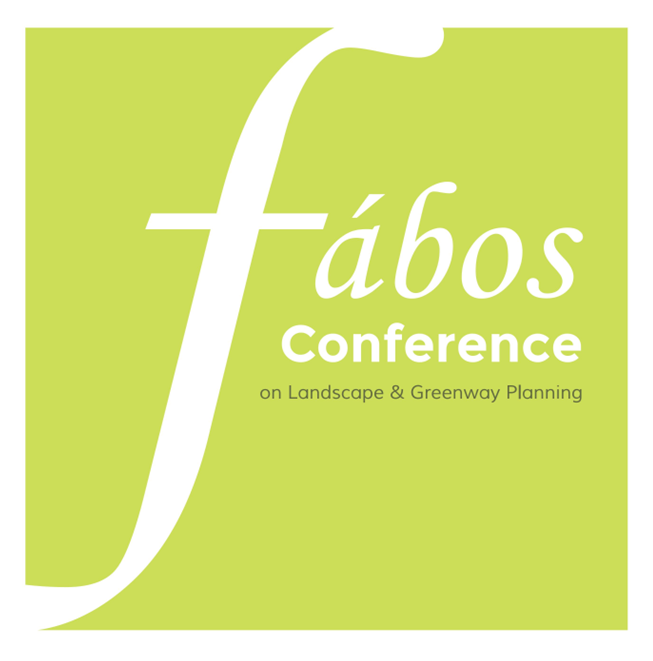Exploring the Interplay of Green Infrastructure and Urban Flows: Economic Disparities and Urban Metabolic Insights from Amman, Jordan
Abstract
This research focuses on the relationship between three key factors—economic condition, walkability, and stress levels—and their impact on green infrastructure within urban neighborhoods. Building on previous studies of urban flows and inspired by Christopher Kennedy’s urban metabolism framework, this study seeks to understand how these factors interplay in shaping resilient neighborhoods. Kennedy and Stewart’s [1] development of a multi-layered indicator set for urban metabolism studies in megacities has provided valuable tools for evaluating and understanding how different urban areas function, influencing the approach of this study.
By analyzing data from a survey of 200 participants across four neighborhoods in Amman, Jordan, with plans to expand the sample size, the research explores the potential benefits of improving green infrastructure, particularly in low economic areas. The study aims to examine how enhancing walkability through green infrastructure can alleviate stress and promote well-being, even in economically disadvantaged neighborhoods. The triangular relationship between land value, walkability, and stress levels is central to the research, aiming to uncover the often-overlooked connections that influence public health and urban resilience.
To strengthen the analysis, we will apply advanced statistical methods such as correlation analysis and regression models to better quantify the relationships between key urban flows like biota, waste, and people flow and residents’ perceptions of walkability and stress levels. This will help us identify which factors have the greatest impact on neighborhood resilience. By integrating these statistical methods with spatial analysis tools, such as Geographic Information Systems (GIS), we will be able to map the distribution of green spaces and walkability across different economic zones. (by using remote sensing and presenting the data through top view and street view imagery, we can further innovate the analysis by visualizing these spatial patterns through Photoshop-based techniques to get ratios and percentages) providing a more comprehensive and visually clear understanding of how improving green infrastructure can create more livable and resilient urban neighborhoods, particularly in low-income areas.
Rather than assuming that wealthier neighborhoods inherently have better green infrastructure, this study delves into how infrastructure improvements in lower economic areas could reshape walkability and stress patterns. The aim is to generate practical solutions for developing greener, more resilient urban spaces, providing insights that could lead to significant improvements in neighborhood livability and well-being.
Keywords: Urban metabolism, Green infrastructure, Resilient neighborhood, streetscapes
How to Cite:
Tuffaha, A. & Sallay, Á., (2025) “Exploring the Interplay of Green Infrastructure and Urban Flows: Economic Disparities and Urban Metabolic Insights from Amman, Jordan ”, Fábos Conference on Landscape and Greenway Planning 8(1). doi: https://doi.org/10.7275/fabos.2415
262 Views
300 Downloads

